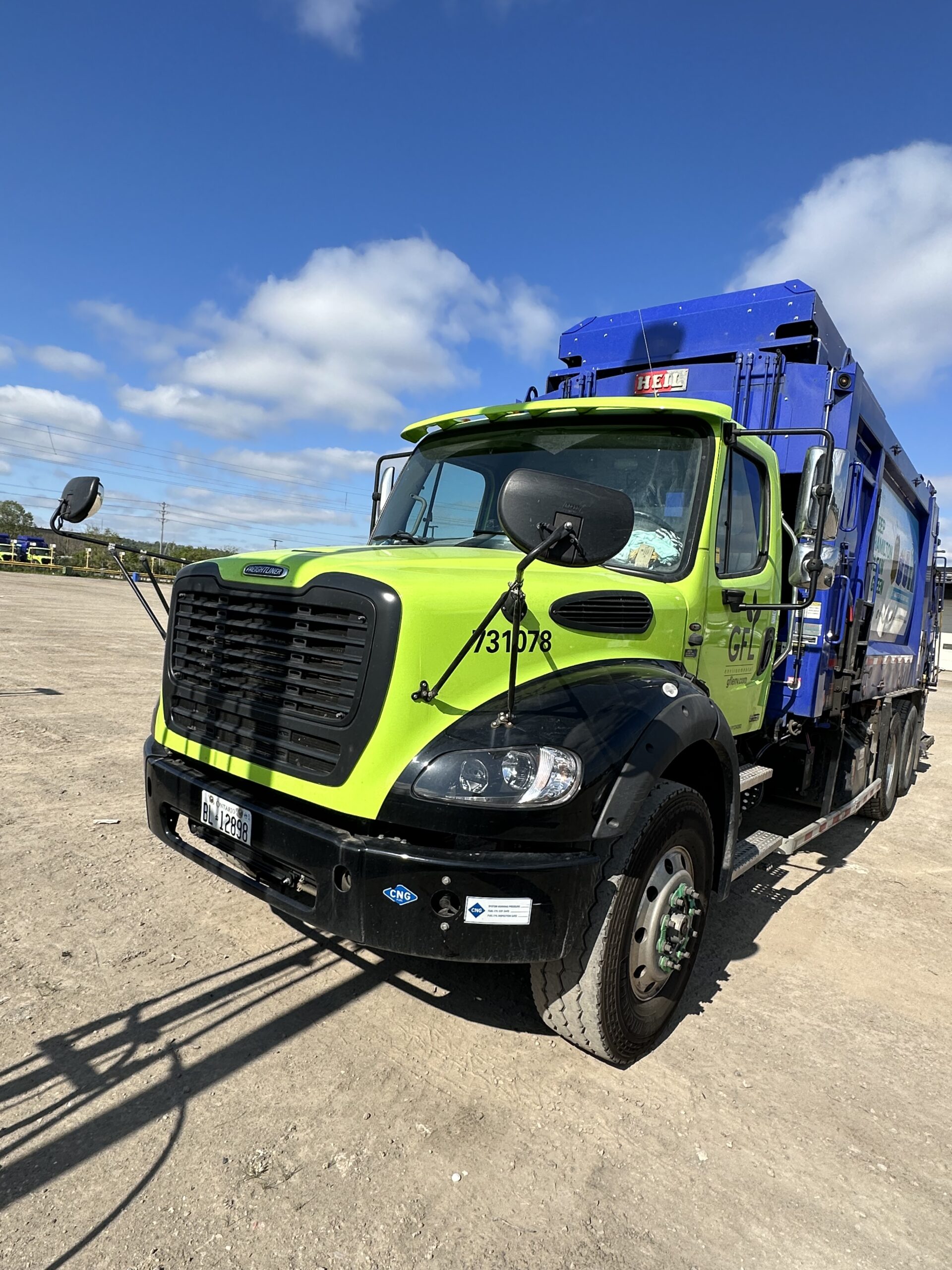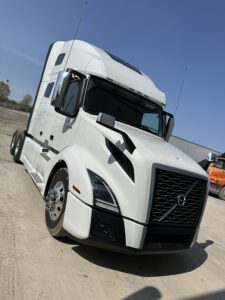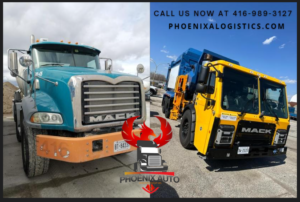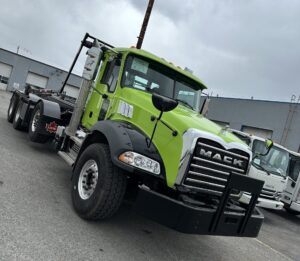The Dynamic Arena of Transporting Trucks and Cars
In the rapidly evolving world of logistics, one realm presents unique challenges and opportunities: transporting trucks and cars. Whether it’s transporting cars cross country or moving them state to state, the logistics involved require meticulous planning, specialized equipment, and seasoned expertise. Understanding this industry can provide insight into the complexities of modern commerce and highlight how the world keeps rolling forward.
The Mechanics of Transporting Cars Cross Country
Why Transport Cars Cross Country?
There are countless reasons to transport a vehicle across vast distances. Some of the most common include:
- Relocation for personal or professional reasons
- Car dealerships delivering vehicles to customers
- Vintage car enthusiasts attending shows or exhibitions
- Online auto auction purchases
The core reason behind the need to transport cars cross country remains the same: getting a vehicle from point A to point B without adding unnecessary miles or risking potential damage on a long journey.
How does Cross Country Car Transportation Work?
Vehicle transportation companies employ a range of techniques and equipment to safely transport vehicles. These include:
- Open Carriers: The most common method of transporting cars, where vehicles are loaded onto large, open-air trailers.
- Enclosed Carriers: A more expensive but secure option, protecting vehicles from weather and road debris. Often used for transporting high-value or classic cars.
- Door-to-door delivery: A convenient service where the vehicle is picked up from a specified location and delivered directly to the final destination.
The Challenges of Transporting Cars Across Canada
In Canada, transporting trucks and cars can be a challenging task, especially due to the country’s vast landscape and varying climate conditions. Nevertheless, Canadian transport companies have honed their strategies to conquer these challenges, making use of efficient routing, advanced technology, and skilled drivers.
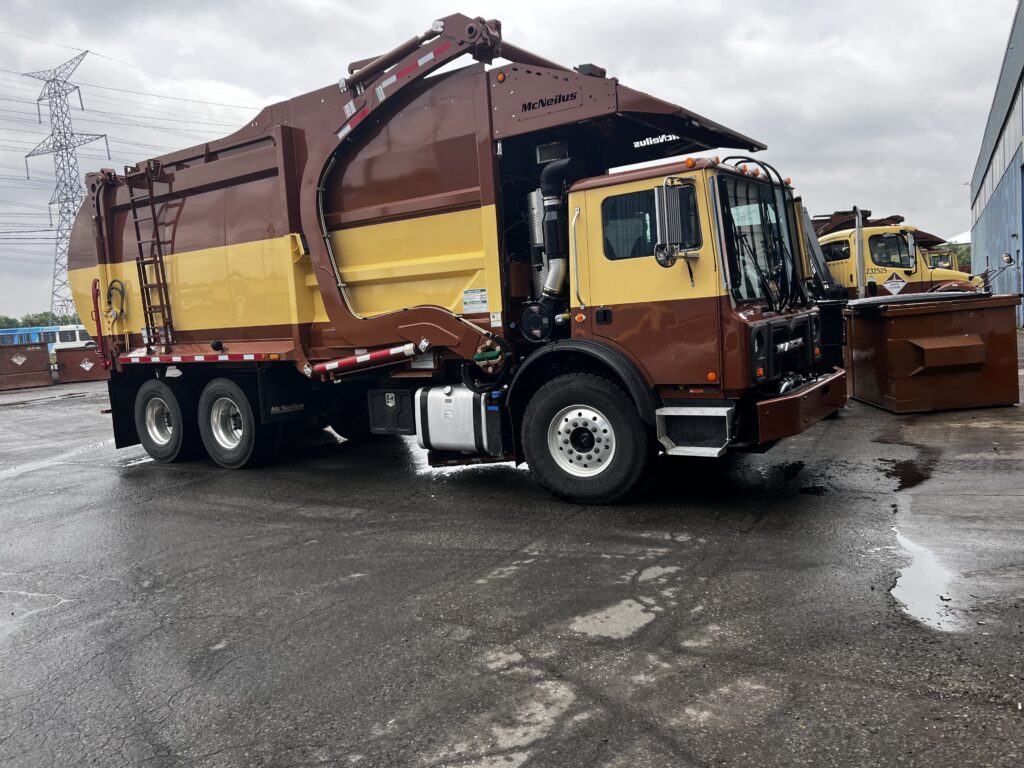
The Intricacies of Transporting Cars State to State
Understanding State to State Car Transportation
Transporting cars from state to state is a significant part of the auto transport industry. A vital aspect of these operations is understanding the varying regulations between states, including in international contexts like a truck transfer Toronto to U.S destinations. The prices charged for these services can change depending on a number of factors, such as the distance traveled, the type of vehicle being transported, the method of transportation used, as well as prevailing market rates.
Preparing a Car for State to State Transportation
Proper preparation is vital when transporting a vehicle. Here’s a general checklist:
- Clean the vehicle, both inside and out.
- Document any existing damage with photos.
- Disable the alarm system.
- Remove all personal items.
- Ensure the gas tank is about a quarter full.
1. Clean the vehicle, both inside and out: This process involves thorough cleaning of the vehicle. The exterior should be washed and polished to ensure it’s free from any dirt or grime. Special attention should be paid to the wheels and undercarriage. Cleaning the inside of the vehicle includes vacuuming the seats and floor, cleaning the dashboard, and polishing the windows. It’s important to remove any stains or debris from the interior. This step not only makes the vehicle more appealing but also allows for a more accurate assessment of the vehicle’s condition, free from the influence of superficial dirt or mess.
2. Document any existing damage with photos: Before shipping or selling a vehicle, it’s important to document its current condition. This includes any existing damage, such as scratches, dents, or malfunctioning parts. Take clear, high-resolution photos from multiple angles of all areas of the vehicle, focusing on any areas where there is damage. These photos serve as a record of the vehicle’s condition prior to transportation or sale and can be used as proof if any disputes arise about damage that occurs after this point.
3. Disable the alarm system: If your vehicle has an alarm system, ensure that it is completely disabled before transportation or sale. This prevents any unnecessary disturbances, which could potentially occur during transit. It also prevents the alarm from draining the vehicle’s battery if it is triggered and continues for an extended period of time. For selling, the new owner should be allowed to enable it as they see fit.
4. Remove all personal items: Ensure that the vehicle is free from any personal items before it’s transported or sold. This includes any items in the glove box, trunk, or any other storage compartments in the vehicle. Not only do these items add extra weight to the vehicle during transportation, but they could also be lost or damaged. Furthermore, they may not be covered by transport insurance, and they may inadvertently be transferred to the new owner if the vehicle is being sold.
5. Ensure the gas tank is about a quarter full: This step is specifically for vehicle transportation. It’s recommended to keep the gas tank about one-quarter full. This provides enough fuel for the vehicle to be moved as needed during the transport process, but not so much that it adds unnecessary weight. An overly full gas tank can also pose a safety risk during transportation. However, if you’re selling the vehicle, it’s often seen as a courteous gesture to provide a full tank of gas for the new owner.
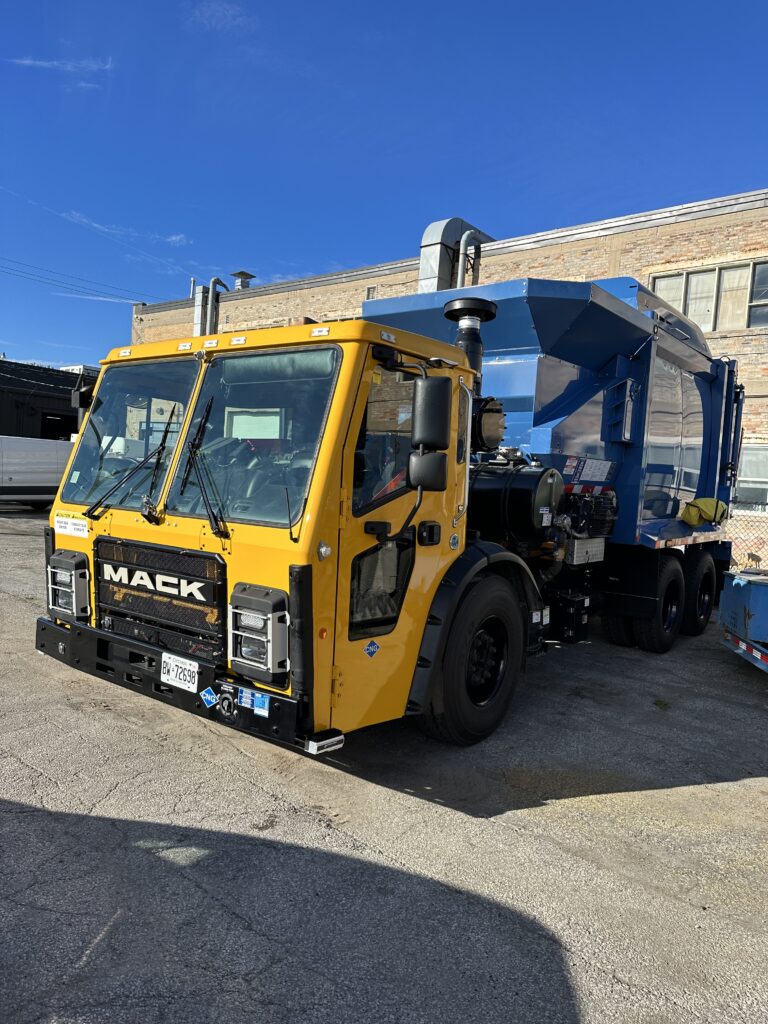
Transporting Cars State to State: A Cost-Effective Solution
For many, transporting cars state to state may seem like a luxury service. However, when considering the potential wear and tear on the vehicle, potential risks of long-distance driving, and indirect costs such as hotels and meals on the road, using a professional transport service can often be a cost-effective solution.
FAQs About Transporting Trucks and Cars
- Is it safe to transport my car cross country? Absolutely. Professional auto transport companies use specialized equipment and trained drivers to ensure safe transportation.
- What’s the cost of transporting a car across Canada? The cost varies based on distance, the type of vehicle, and the specific services required. It’s best to request a quote from a reputable provider.
- How long does it take to transport a car state to state? The duration depends on the distance and the transport company’s schedule. On average, it might take between 1 to 2 weeks.
The Road Ahead for Transporting Trucks and Cars
In conclusion, transporting trucks and cars, whether cross country or state to state, is a complex process requiring careful consideration and planning. As we look towards the future of this industry, advancements in technology and logistics promise to make vehicle transportation even more efficient and secure. As customers, understanding the intricacies of this process can lead to better choices and smoother transitions in our mobile lives.
Take the stress out of your next vehicle move with Phoenix Auto Logistics Group Inc. Our expert team is ready to handle the complexities of transporting trucks and cars so you don’t have to. Trust us for reliable, efficient, and safe transport of your precious cargo across the country or state to state. Request a quote today and experience why we’re a leader in vehicle logistics.
